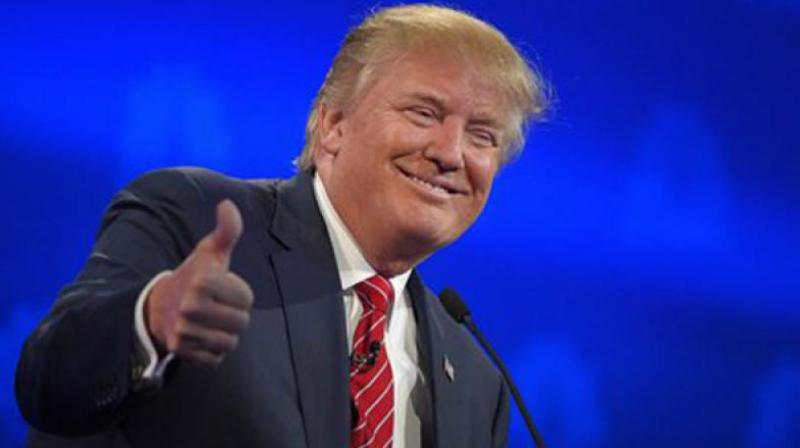Trade tussles: Developing nations must act unitedly
The focus of future trade friction will be China.

US President Donald Trump’s tariffs on steel and aluminium imports threaten to unleash a trade war with America’s friends and foes. The move may appease Trump’s “rust belt” constituency but is unlikely to end its trade deficits or bring back manufacturing jobs. Emerging from the Second World War as the dominant economic power, the US propagated the thesis that “nations can advance only by eliminating barriers to the free movement of goods and capital and by minimising the role of government in the economy”. It became the driving force for globalisation. However, history indicates a contrary conclusion: that industrial development has been achieved almost always behind the walls of state protection and intervention.
Of the three institutions proposed by British economist Lord Keynes for the reconstruction of the world economy after the Second World War, the IMF and the World Bank were created at Bretton Woods. The third, the Interna-tional Trade Organisation, endorsed in the 1946 Havana Charter, was stillborn. The US Congress withdrew support because the protections provided to American corporations against “expropriation” of investments were not considered strong enough. Thereafter, the world trading system developed unequally. Europe’s revival was fostered by US aid and trade under the Marshall Plan. Japan, Korea and Taiwan industrialised behind protective barriers and because of the “one-way” access offered them to the US market, capital and technology. Other countries were asked to adhere to the “free-trade” principles of the General Agreement on Tariffs and Trade (GATT).
The system was unfair at multiple levels. Agriculture was excluded from free-trade principles; the US and EU maintained their agricultural subsidies, while the developing countries were not allowed to do so. Textile trade was restricted by small import and export quotas. Tariffs on other goods were lowered uniformly despite the inherent economic disparity between nations. After the collapse of the Soviet Union, GATT was transformed into the World Trade Organisation (WTO) and the Washington Consensus was imposed with a vengeance. During the late 1990s, a small group of developing countries, led by India, Pakistan, Egypt and Cuba, organised a concerted resistance to the Western juggernaut in the WTO. They blocked one-sided decisions at the WTO’s Singapore and Seattle ministerial meetings and were successful in inserting a modest “development agenda” in the 2000 Doha Ministerial Declaration, which changed the nature and dynamics of global trade. After its entry into the WTO, China took advantage of the WTO’s “free-trade” regime to beat the industrialised countries at their own game, emerging as the world’s manufacturing hub and accumulating huge trade surpluses and reserves.
Similarly, the trade tensions with US allies generated by Trump’s steel and aluminium tariffs are likely to be resolved through cosmetic concessions. The focus of future trade friction will be China. The interests of the developing countries would be best served if they are able to act collectively. They could take advantage of Trump’s challenge to the global trading system and revive the proposal for an ITO that is more efficient, advanced and equitable. Today, the developing countries possess the collective economic and political power to construct a trading system that serves development. As Deng Tsiao Ping remarked at the outset of China’s rise: “Development is the only truth. If we don’t develop, we will be bullied.”
By arrangement with Dawn

